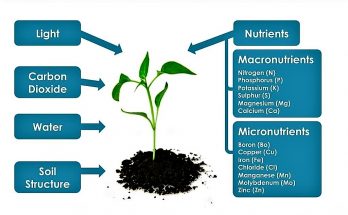Nutrition in Plants – Class 7 Extra Questions with Answers Worksheet
Nutrition in Plants Questions with Answers – Short Answer Worksheet Question – What is nutrition in plants? Answer- Nutrition in plants refers to the process by which plants obtain and …
Nutrition in Plants – Class 7 Extra Questions with Answers Worksheet Read More